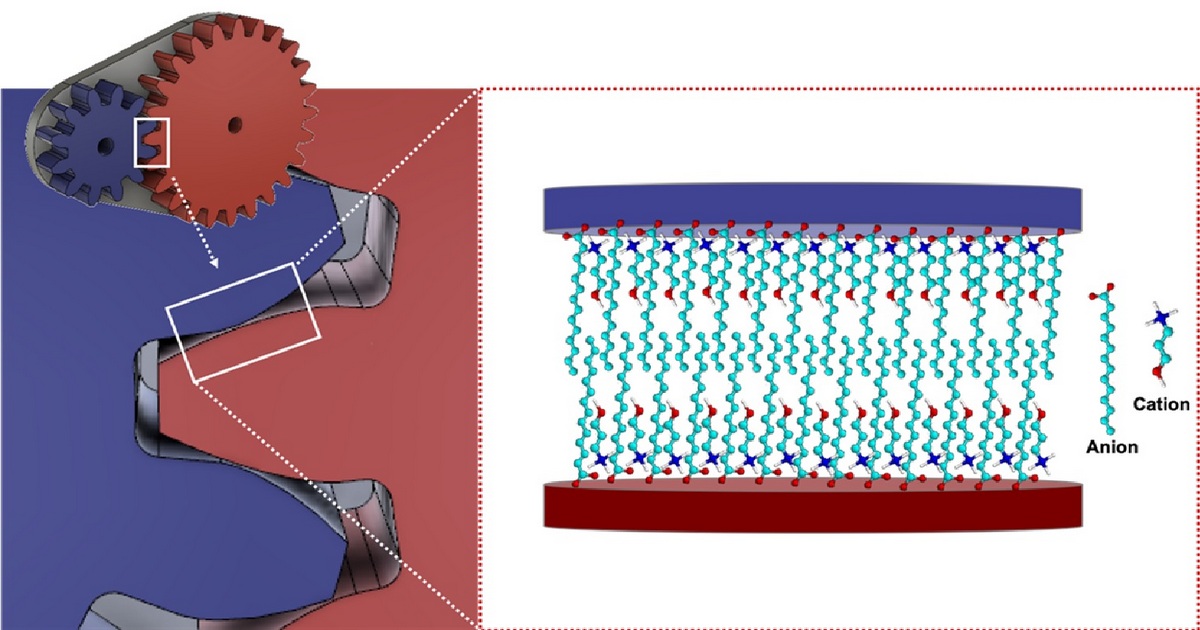New Developments and Future Trends of Ionic Liquids as Lubricants
A special issue of Lubricants (ISSN 2075-4442).
Deadline for manuscript submissions: closed (20 October 2023) | Viewed by 14376

Special Issue Editors
Interests: lubricants; friction; wear; ionic liquids; textured surfaces
Special Issues, Collections and Topics in MDPI journals
Special Issue Information
Dear Colleagues,
Since 2001, when the first paper on the use of ionic liquids (ILs) as lubricants was published, the interest in these ordered fluids has increased rapidly in the tribology community. ILs are low-melting-point salts with unique and tunable physicochemical properties. Their non-flammability, negligible volatility, good thermal stability, and wide liquid range make them ideal candidates for lubricant applications. In addition, their high polarity may promote the formation of effective adsorption films or tribolayers on the surfaces in contact, resulting in important friction and wear reductions. The purpose of this Special Issue is to summarize the latest developments and future trends in the field of ionic liquids as lubricants and additives. The main topics of interest include, but are not limited to:
- Ionic liquids as high-performance neat lubricants;
- Ionic liquids as additives to lubricants;
- Biodegradability and miscibility of ionic liquids;
- Ionic liquids as green lubricants/additives;
- Ionic liquids for high-temperature applications.
Dr. Patricia Iglesias
Dr. Hong Guo
Guest Editors
Manuscript Submission Information
Manuscripts should be submitted online at www.mdpi.com by registering and logging in to this website. Once you are registered, click here to go to the submission form. Manuscripts can be submitted until the deadline. All submissions that pass pre-check are peer-reviewed. Accepted papers will be published continuously in the journal (as soon as accepted) and will be listed together on the special issue website. Research articles, review articles as well as short communications are invited. For planned papers, a title and short abstract (about 100 words) can be sent to the Editorial Office for announcement on this website.
Submitted manuscripts should not have been published previously, nor be under consideration for publication elsewhere (except conference proceedings papers). All manuscripts are thoroughly refereed through a single-blind peer-review process. A guide for authors and other relevant information for submission of manuscripts is available on the Instructions for Authors page. Lubricants is an international peer-reviewed open access monthly journal published by MDPI.
Please visit the Instructions for Authors page before submitting a manuscript. The Article Processing Charge (APC) for publication in this open access journal is 2600 CHF (Swiss Francs). Submitted papers should be well formatted and use good English. Authors may use MDPI's English editing service prior to publication or during author revisions.
Keywords
- ionic liquids
- friction
- wear
- lubrication
- additives
- tribochemistry
- biolubricants
Benefits of Publishing in a Special Issue
- Ease of navigation: Grouping papers by topic helps scholars navigate broad scope journals more efficiently.
- Greater discoverability: Special Issues support the reach and impact of scientific research. Articles in Special Issues are more discoverable and cited more frequently.
- Expansion of research network: Special Issues facilitate connections among authors, fostering scientific collaborations.
- External promotion: Articles in Special Issues are often promoted through the journal's social media, increasing their visibility.
- e-Book format: Special Issues with more than 10 articles can be published as dedicated e-books, ensuring wide and rapid dissemination.
Further information on MDPI's Special Issue polices can be found here.






